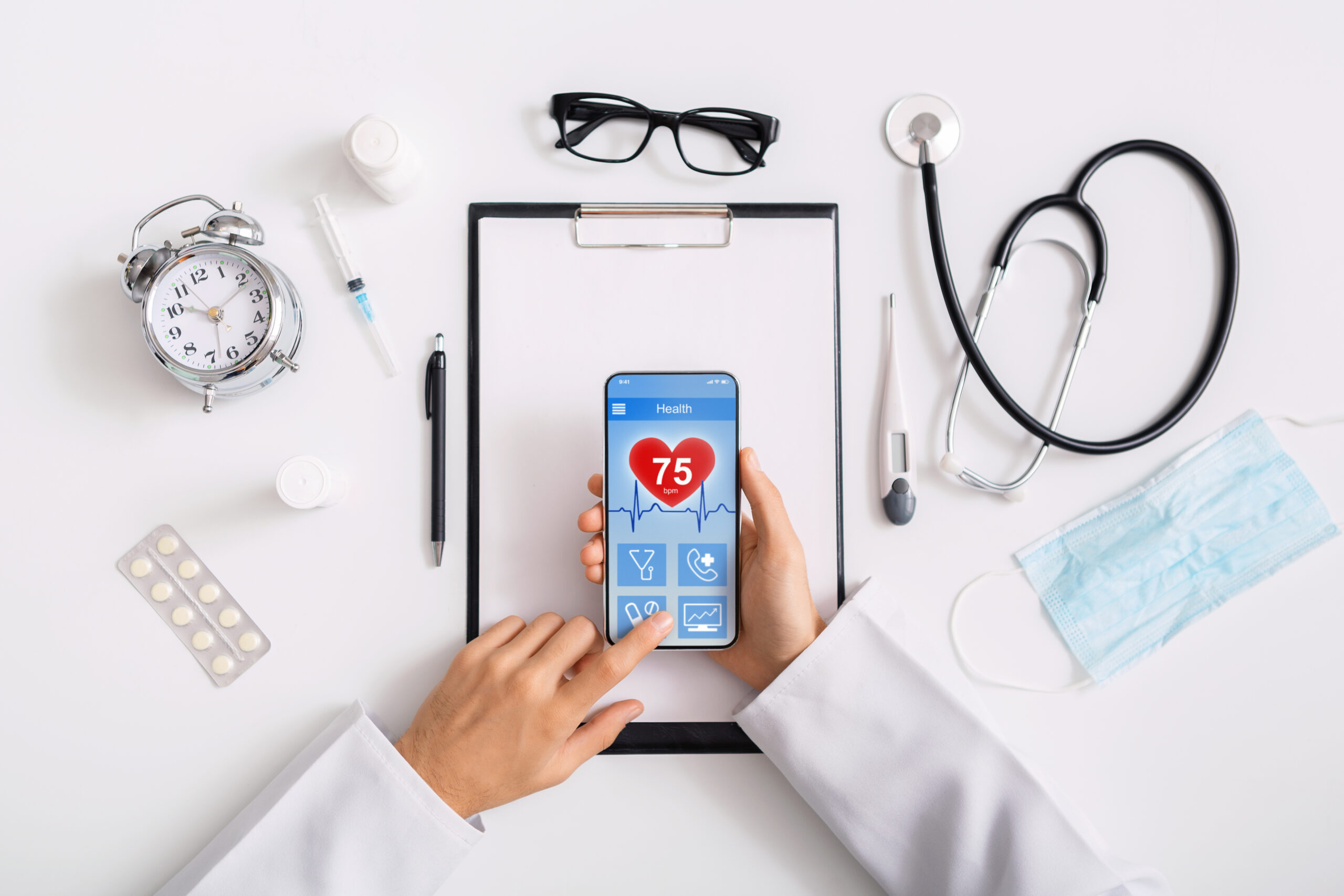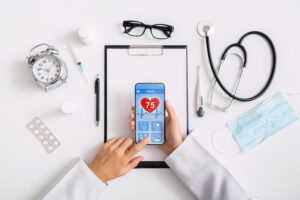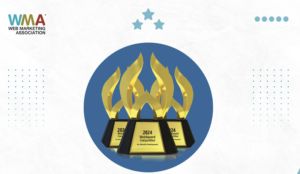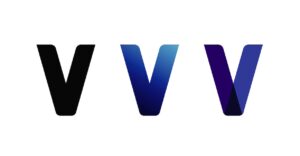By Melissa Wildstein –
Remember pre-pandemic before QR codes were actually used? Did you know that QR codes were actually introduced in 1994? They have literally been around for decades, but it took the COVID-19 pandemic and desire to put information (like a menu) directly into consumers’ hands without them having to physically touch anything before they really took off. Now, QR codes are everywhere. And pharmaceutical, med tech and medical device companies are using them on podium presentations, on brochures and at conventions to ensure information and education distribution – and provide a way to more effectively engage with their healthcare providers. But QR codes aren’t the only way that medtech companies can leverage digital technology to build more engaging customer experiences:
- Custom mobile applications: Everyone walks around with a phone in their pocket and clinicians search their phones for information and content constantly through the day. Before a surgeon goes in to a procedure where they are going to utilize your device for the first time, wouldn’t it be nice for them to be able to access a quick how to use video on their phone? Or remind themselves of a couple of tips and tricks? Check out this app that we built for Teleflex Medical which is now available in more than 56 countries.
- Social media: I know. Social media is tough in our very regulated industry. We understand that – and it’s scary putting something ‘out there’ for people to react to. And social media does need to be monitored for potential adverse event reporting. But it’s also a great way to engage with healthcare providers – providing that you know which platforms to use for which audience and for what purpose. For example, Twitter is a great tool for disseminating clinical trial data and encouraging a dialogue around study results and implications. #CardioTwitter is a fantastic feed to monitor – and tag to use if you’re in the cardiology space. We have seen webinar promotions and registration really take off on LinkedIn. And Facebook has been a great place for us to engage with physical therapists.
- Education-based websites: Creating a website that is solely dedicated to online courses, webinars and podcasts provide healthcare providers with the most up-to-date information on a product and provide a virtual repository for ongoing training (CME or otherwise). Some of those websites, like PatAcademy, focus primarily on ongoing live trainings in the United States and worldwide. Others, like Teleflex Academy are more comprehensive, providing a variety of on demand e-learning courses as well as webinars and live events.
- Augmented and Virtual reality (AR/VR): AR/VR can be used as an immersive tool for educating healthcare providers about products and surgical techniques. AR/VR can be used to create:
- Training and simulations that allow providers to practice and improve their skills without the risks associated with live patients – or the costs associated with cadaver labs.
- Product demonstrations that allow the sales team the ability to showcase their product without having to lug around bulky and/or expensive capital equipment. We did a program for Biosense Webster designed to help clinicians understand how to use a new catheter but there was no way to bring in the requisite generator and GUI to every sales call. An immersive AR/VR experience can help address that challenge
- Conference and event experiences – and booth traffic. Nothing drives traffic to a booth quite like a bunch of people standing around with an Oculus on. But more than that, AR/VR can help the healthcare provider step back into their world even when they aren’t actually in the office. Seeing themselves pick up and utilize a new tool or perform a new procedure ‘in the office’ helps reduce uncertainty and makes them more comfortable and more likely to try a new product right out of the gate.
- Patient education that can help them better understand their disease, or a particular procedure or approach.
There are a number of ways that medical device companies can use digital technology to build more engaging experiences with healthcare providers and this list is just scratching the surface! If you’re interested in talking more about how you can engage your customers in a more engaging way schedule a meeting and let’s talk!






